Walvis Wetlands Birding - Half Day
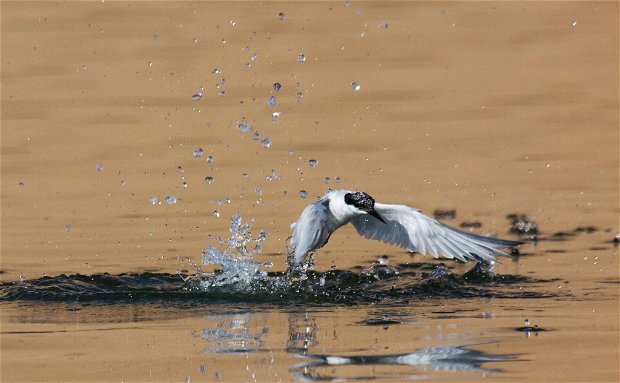
The lagoon, salt pans and the bird sanctuary which form the Walvis Bay Wetlands are rightly heralded as the single most important coastal wetlands of Southern Africa and one of five Ramsar sites in Namibia. Over 150 000 migrant birds spend the summer months in Walvis Bay and non-breeding palearctic and intra-African species dominate.
Our morning Birding Excursion starts every day at 08h30 and returns at 12h30.
Our afternoon Birding Excursion leaves at 13h00 and returns at 17h00.
Possible sightings include over 150 species of bird that have been recorded in this region. Intra-African migrants make up the majority of these birds, namely the two flamingo species, Chestnut-banded Plovers, Pied Avocets, Cape Teals and Black-necked Grebes. European and northern Siberian migrants travel between 10 000 and 14 000 kilometres to reach Walvis Bay each year. These long-distance travellers consist of Curlew Sandpipers, Sanderlings, Grey Plovers, Ruddy Turnstones, Little Stints and Knots. Other shore birds that visit Walvis Bay are Palaearctic terns, consisting of Common, Sandwich, Arctic and Black Terns.
Resident birds are less numerous but no less important, for instance the huge Great White Pelicans, Caspian Terns, Damara Terns, Great Crested Grebes and Cape Cormorants. Red Data (endangered) birds include the Swift, Caspian and Damara Terns, Hartlaub’s Gulls, Great Crested and Black-necked Grebes, the Chestnut-banded Plovers and the flamingos. You can see the odd Southern Pale Chanting Goshawk and even a Rock Kestrel a few hundred metres inland. If you’re a serious ticker, you might get lucky further inland and see Namibia’s only true endemic bird, the Dune Lark.
Gallery
Itinerary
Salt pans, bird sanctuary and lagoon area near Walvis Bay
The search for true and near-endemics takes us to the salt pans, bird sanctuary and lagoon area near Walvis Bay. Estimated to be 3500 years old it is one of the most important coastal wetlands in Southern Africa.
Specially trained guides with extensive birding and general knowledge of the Namib Desert's sensitive eco-system, will accompany you on your Namibian birding tour.
Back to Sandwich Harbour 4x4 HQ
Before heading back, we stop along the way to enjoy our world famous oysters, sparkling wine, drinks and coldrinks.

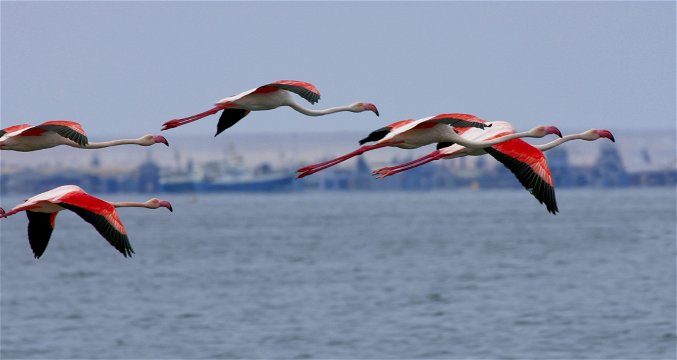
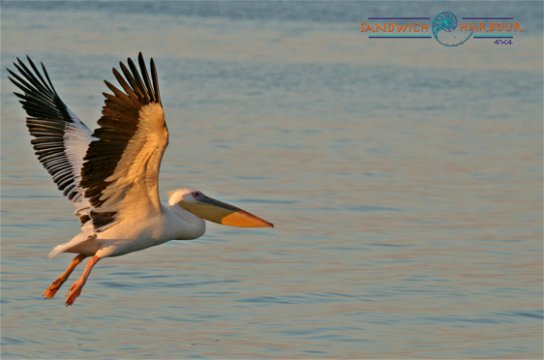
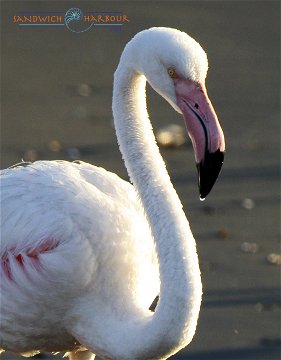
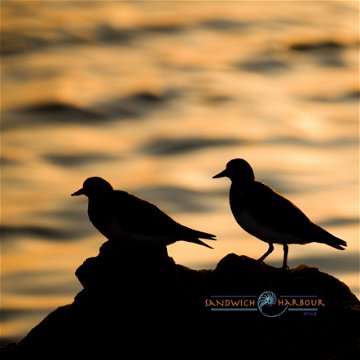
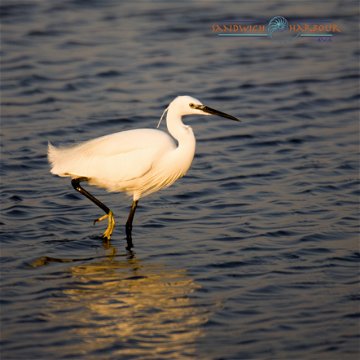
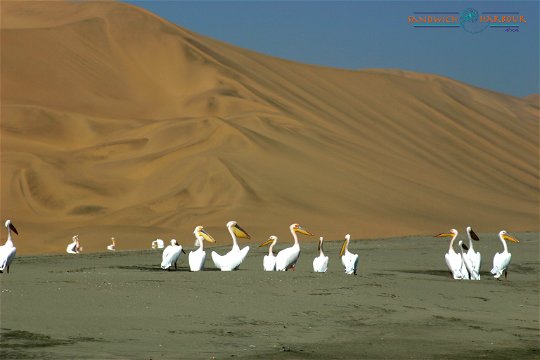
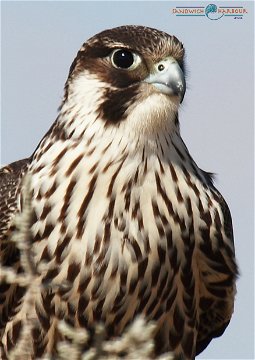
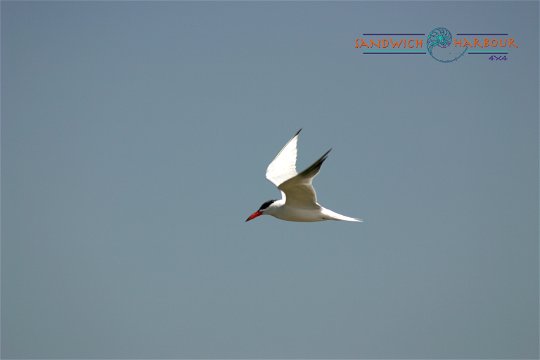
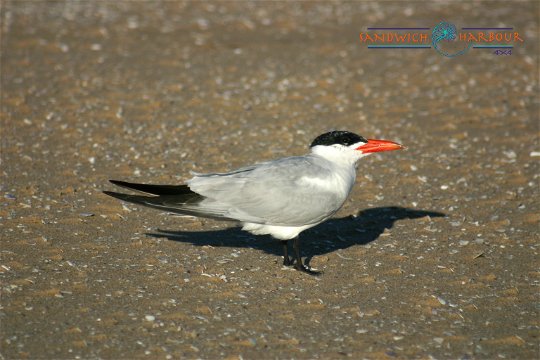

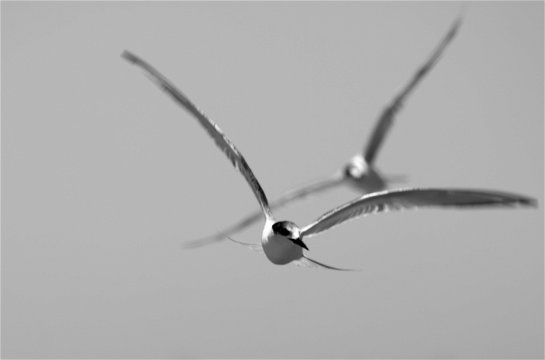
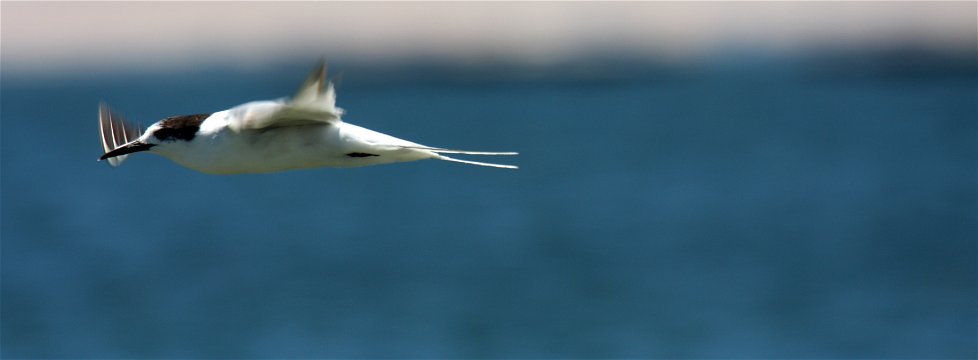
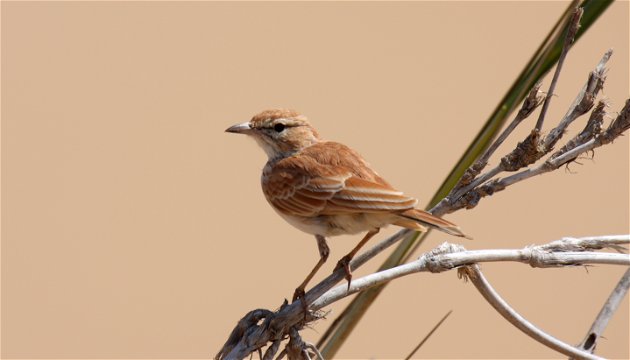
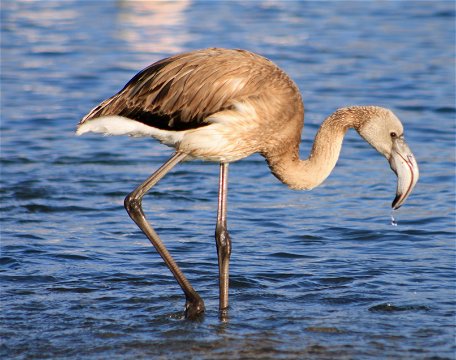



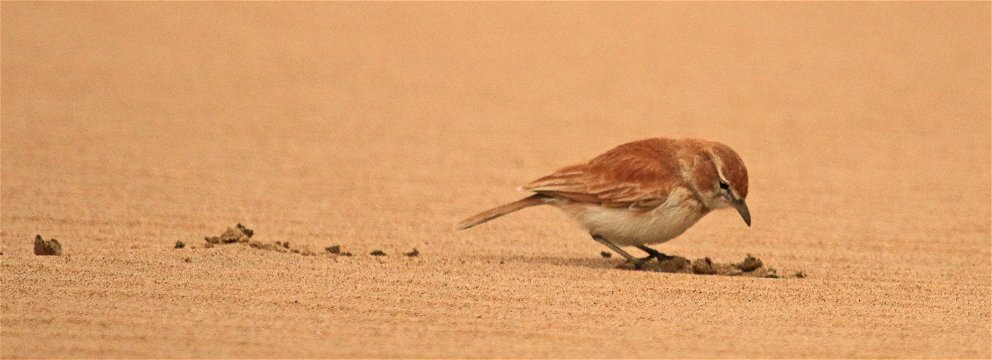
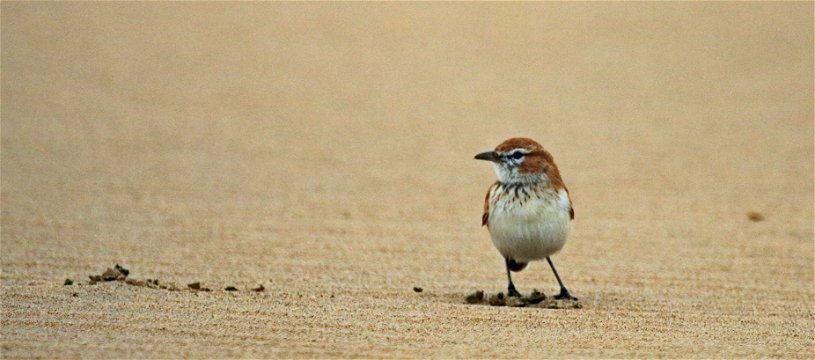
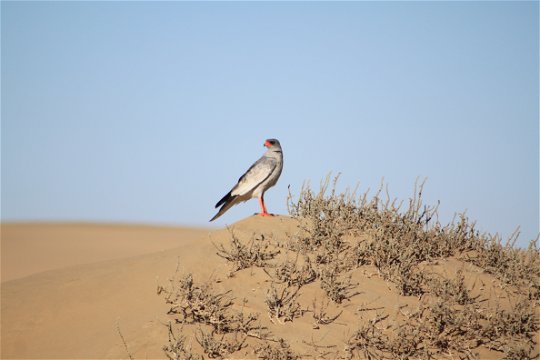
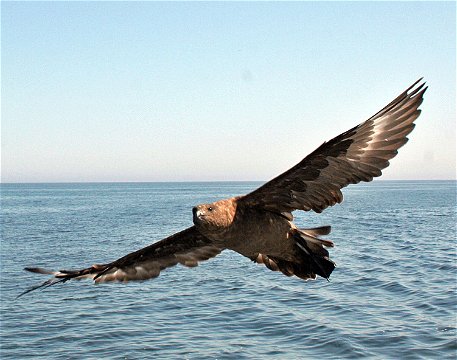
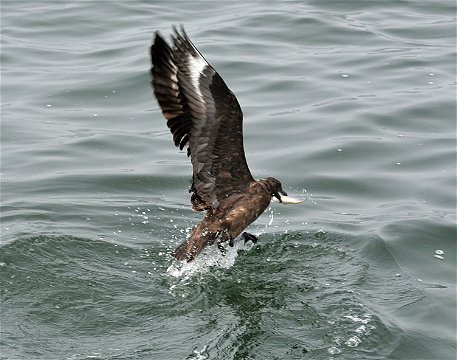
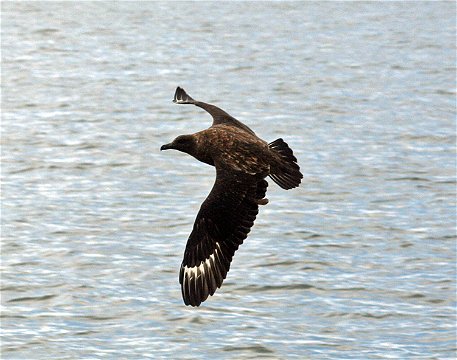


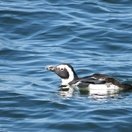
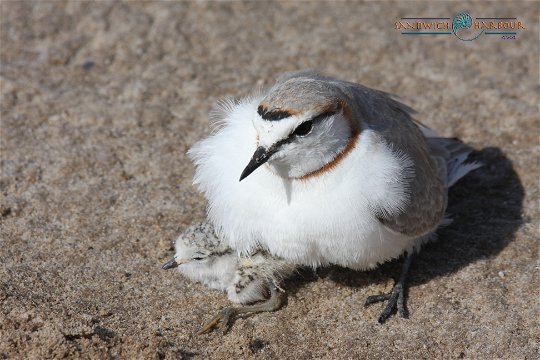
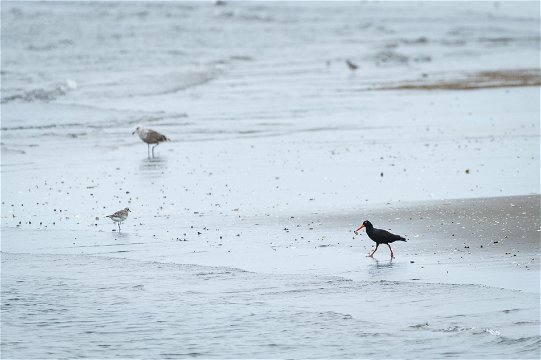
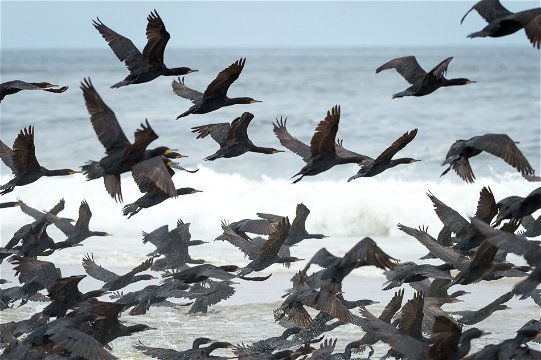
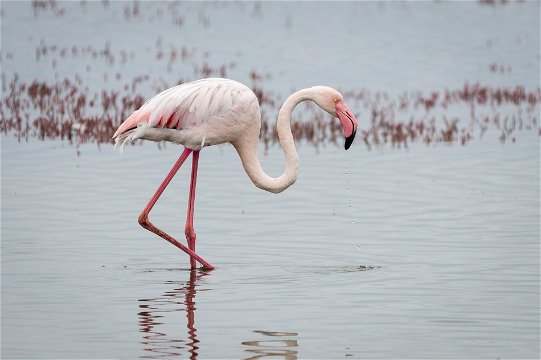
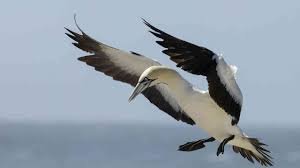
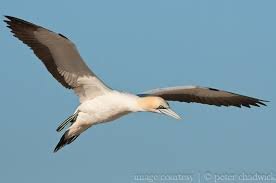
Share This Page